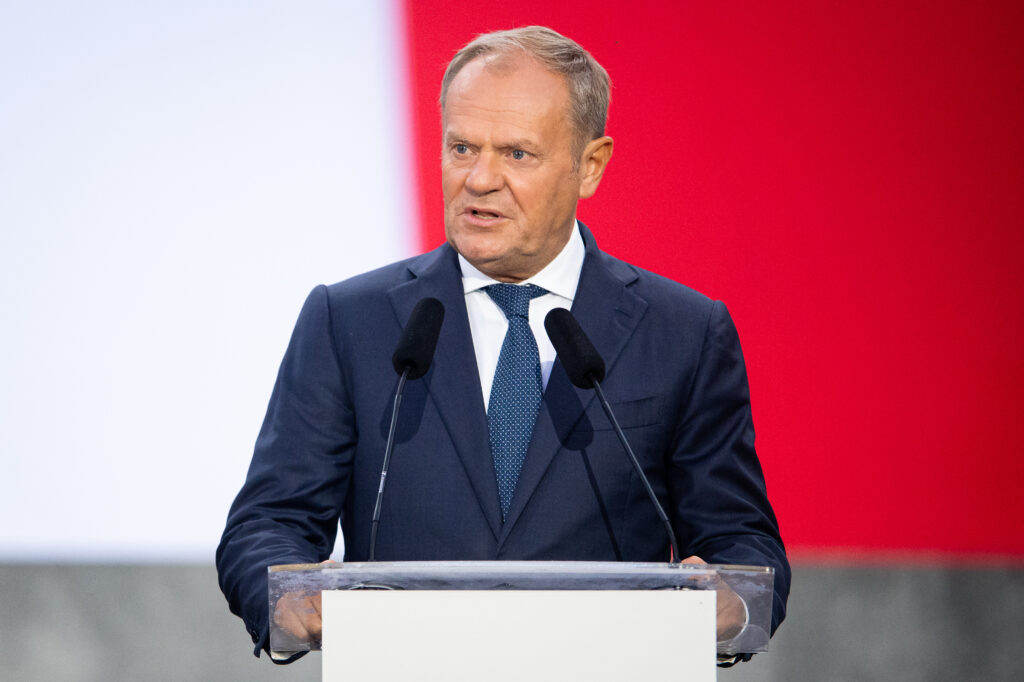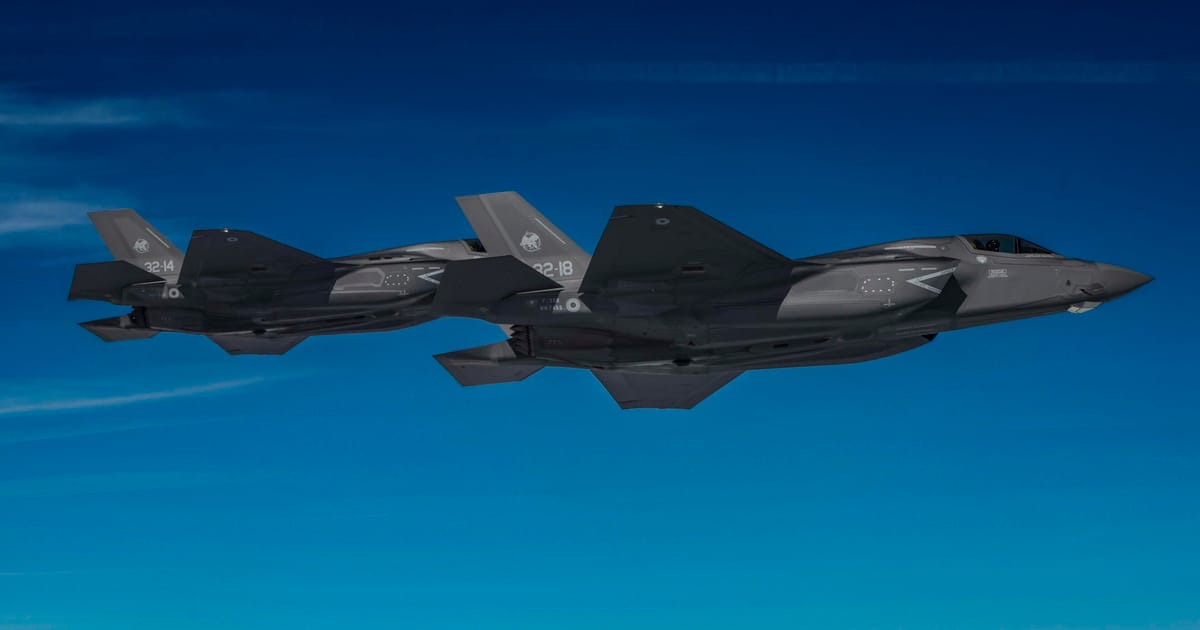Rules of engagement must be in line with the alliance’s political guidance, she added. “For NATO, the main political guidance is that it’s a defensive alliance, whose aim is to deter aggression and prevent any conflict, and should that fail, to defend against it and defeat it.”
They are approved by the North Atlantic Council (NAC), which gathers all NATO allies. They are implemented by the Supreme Allied Commander Europe (SACEUR), currently Gen. Alexus Grynkewich, a U.S. Air Force general who also commands U.S. forces in Europe. Like every political decision within the alliance, rules of engagement require consensus.
2. What about national armed forces?
NATO rules of engagement do not prevent national armed forces from making their own decisions on their soil when they are under national command.
On Tuesday, Lithuania adopted new rules allowing its military to react to airspace violations “earlier and faster.” Romania, whose airspace was violated multiple times by Russian drones in the past months, on Thursday convenes its Supreme Defense Council to define the rules of engagement in case of more incursions by drones or manned aircraft.
 “We are ready for any decision aimed at destroying objects that may threaten us, such as Russian fighter jets,” Donald Tusk said during a press conference, while adding that some kind of consensus must also be reached among NATO allies. | Mateusz Slodkowski/Getty Images
“We are ready for any decision aimed at destroying objects that may threaten us, such as Russian fighter jets,” Donald Tusk said during a press conference, while adding that some kind of consensus must also be reached among NATO allies. | Mateusz Slodkowski/Getty Images
However, there can be risks if a country’s unilateral action leads to escalation, as Polish Prime Minister Donald Tusk hinted on Monday.
“We are ready for any decision aimed at destroying objects that may threaten us, such as Russian fighter jets,” he said during a press conference, while adding that some kind of consensus must also be reached among NATO allies.
